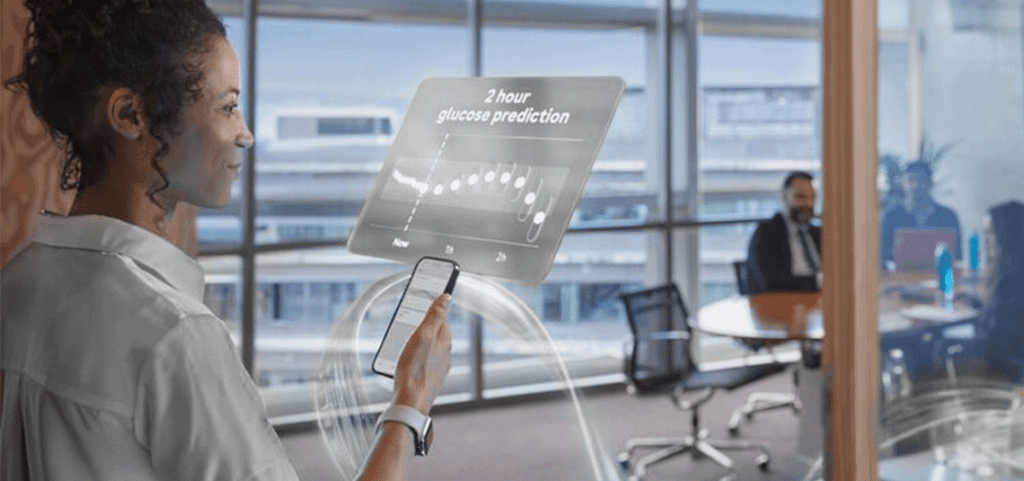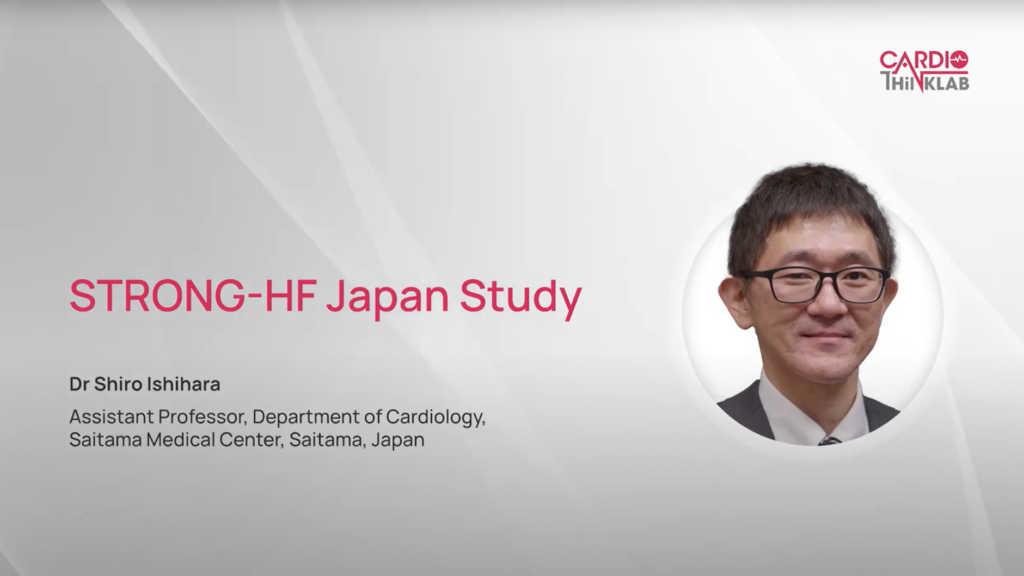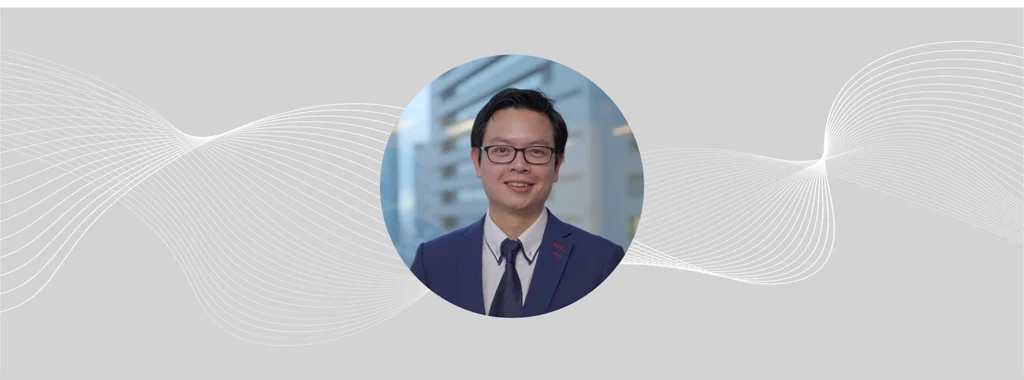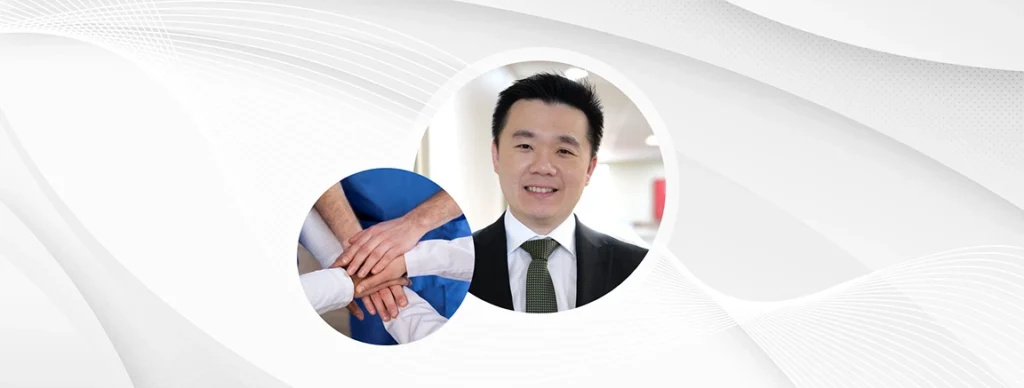This article is based on a presentation by Prof. Juliana Chan (Professor of Medicine and Therapeutics and Director, Hong Kong Institute of Diabetes and Obesity, The Chinese University of Hong Kong) and Dr. Timor Glatzer (Indication Lead Diabetes, Medical Value Lead, Roche Diabetes Care GmbH), delivered as part of a recent forum on Glucose Predictions in CGM Technology at Roche Diagnostics’ APAC HCP Roundtable Meeting.
Introduction of AI – enabled CGM for Diabetes Care
Despite an ever-growing arsenal of medications, millions of people with diabetes continue to struggle with achieving stable glycemic control. In 2025, diabetes remains one of the most complex and costly chronic diseases globally. [1]
In response to this gap, continuous glucose monitoring (CGM) has emerged as a cornerstone of diabetes care, offering real-time data that reflects the dynamic nature of glucose fluctuations throughout the day and night.
However, adoption of CGM alone does not guarantee better outcomes. While conventional CGM systems provide visibility into current and recent glucose levels, they still require users to interpret, calculate, and act, often under pressure. What’s missing is anticipation. [2]
Exposing The Gaps: The Limitations of Conventional CGM
Across users, the limitations of conventional CGM systems fall into three main categories:
Challenge 1: Alarm Fatigue and Reactive Alerts
Many CGMs rely on threshold alarms that sound only when glucose is already out of range. [2,3] While well-intentioned, this can lead to:
- Feeding diabetes stigma if alerts are triggered in social situations
- Alarm fatigue, especially when alarm frequency is high and accuracy is suboptimal. This leads to reduced adherence [2,3]
- Night-time sleep disruption, particularly for people with Type 1 diabetes.
- Emotional burnout and declining trust in the device.
Challenge 2: Challenges in Using Trend Arrows
Trend arrows are a mainstay of current CGMs, indicating the direction and speed of the past glucose change. Different CGM systems can vary in how they interpret and display trend arrows. Patients may react wrongly to trend arrows without knowing the many factors contributing to blood glucose changes. [4,5]
For example, in a 50 kg individual with a total daily insulin dose (TDD) of 50 units and an insulin sensitivity factor (also known as correction factor) of 36 mg/dL (~2 mmol/L) different CGM systems may yield insulin dose adjustment recommendations that differ by 1 to 1.5 units, or more, due to variations in how trend arrows are defined and interpreted.
Healthcare professionals must understand trend arrows if they are used to help patients with decision-making.
Challenge 3: Hypoglycemic burden and Undetected or Mismanaged Nocturnal Hypoglycemia
Undesirable glucose events such as hypoglycemia are a frequent complication of diabetes treatment with insulin (and insulin secretagogues). Beyond the clinical implications, hypoglycemia represents a significant economic burden, both for individuals and healthcare systems. [6]
Severe hypoglycemic episodes are not isolated events. [2] They frequently lead to:
- Emergency room visits
- ICU admissions for altered consciousness or cardiac complications
- Follow-up consultations and psychological impact [7]
- Additional costs related to absenteeism and decreased quality of life.
Moreover, the psychological aftermath—heightened anxiety, loss of confidence in self-management, and alarm fatigue—drives more healthcare utilisation, not less.[8]
Figure: In the year following a severe episode, healthcare costs spike to an estimated ~USD $18,000 per patient, primarily due to emergency visits and hospitalisations. [8]
Although CGM systems are beneficial in detecting silent hypoglycemia during the night, managing nocturnal hypoglycemia (NH) remains a major unmet need.
Figure. Nocturnal Hypoglycemia and Carbohydrate Intake on Active vs Less Active Days [9]
A real-world study involving adults with type 1 diabetes investigated how day-to-day physical activity impacts the risk of nocturnal hypoglycemia. CGM data collected over 7 days showed that nocturnal hypoglycemia occurred in 20% of participants following an active day, comparable to 12% following a less active day. [9]
Participants consumed significantly more carbohydrates to treat hypoglycemia on active days (27.7 ± 15.6 g) than on less active days (19.5 ± 11.0 g, p = 0.045), indicating compensation strategies to avoid nocturnal hypoglycemia. [9]
Despite these adjustments, overnight lows persisted: 44% of participants applied mitigation strategies such as additional carbohydrate intake or insulin corrections, yet these efforts did not entirely prevent nocturnal events. [9]
In a real-world CGM study of adults with type 2 diabetes, 49.1% (53 of 108) patients had both mild and severe hypoglycemia detected by CGMs over 5 days – 20.7% of these hypoglycemic events were considered severe, 50.9% were mild, and 28.3% were both mild and severe hypoglycemia. Importantly, 75% of these events were not recognised by patients, indicating a high rate of hypoglycemia unawareness (P < .001). [10]
The frequency of daytime and nighttime hypoglycemia was nearly identical, with patients averaging 1.78 and 1.81 episodes, respectively—no significant difference (P = .9476), as seen below. [10]
Figure: Frequency of Hypoglycemic Episodes by Time of Occurrence in Adults with Type 2 Diabetes [10]
The Shift from Data Collection to Preventive Decision-Making
The next frontier isn’t more data—it’s better interpretation, earlier warnings, and intelligent support. This is where AI-enabled CGM begins to transform care. These systems use algorithm trained on large datasets, including CGM information, insulin doses, lifestyle inputs, and circadian data, to predict glucose patterns before events occur, helping to prevent dysglycemia rather than merely observe it. [11,12]
Source: Hussain S et al Diabetes Technol Ther, 2025. [15]
For clinicians managing insulin-treated patients, AI-enabled CGM represents a shift in approach: from episodic correction to continuous prevention.
Here’s how this addresses the unmet needs in managing glycemic control:
Solution 1: Predictive Alerts, Not Reactive Alarms
AI-enabled CGM systems now feature Low Glucose Predict, a tool that sends discreet alerts up to 30 minutes before hypoglycemia is likely. Rather than triggering alarms after a threshold is breached, the system flags impending risk based on learned patterns. [13]
Performance data:
- Sensitivity: 95.2% [13]
- Specificity: 98.9% [13]
These alerts come in subtle formats—akin to a mobile text notification—reducing social and emotional disruption while giving users time to act.
Solution 2: 2-Hour Prediction Curves
Instead of relying on trend arrows, predictive CGMs display a 2-hour glucose projection curve, refreshed every 5 minutes. This curve offers a visual forecast with a confidence interval band, much like a weather map. [13]
Why this matters:
- Trend arrow symbols are based on retrospective glucose changes and might not reflect sudden changes thus be easily misinterpreted.
- The curve offers a forward-looking, continuously updated projection.
- Users can spot upcoming lows or highs before experiencing symptoms.
Predictive curves consistently outperformed trend arrows in forecasting accuracy in head-to-head comparisons using Root Mean Square Error (RMSE) at 15, 30, and 60-minute intervals. [14]
Solution 3: Nighttime Protection Through Bedtime Forecasts
Predictive CGMs feature a Night Low Predict (NLP) tool that scans for risk between 10:30 PM and 2:00 AM to address undetected nocturnal hypoglycemia and alerts the user before sleep. [13]
- NLP demonstrated an accuracy of 87% in correctly identifying both nights with and without hypoglycemia.[13]
This allows patients to take preemptive action, like consuming a complex-carbohydrate snack, when there’s a true need, avoiding unnecessary snacks and rebound hyperglycemia.
To Sum It Up: Why Does AI-enabled CGM Matter Now?
AI-enabled CGMs are not simply iterative upgrades—they represent a paradigm shift from data collection to data interpretation and preventive action. By shifting the focus from reacting to events to predicting and preventing them, these systems aim to reduce alarm fatigue, mitigate the risk of dangerous lows, and manage glycemia without added cognitive load.
As the burden of diabetes continues to rise, the future of care may not lie in more interventions, but in smarter, earlier ones—made possible by technology that sees ahead.















